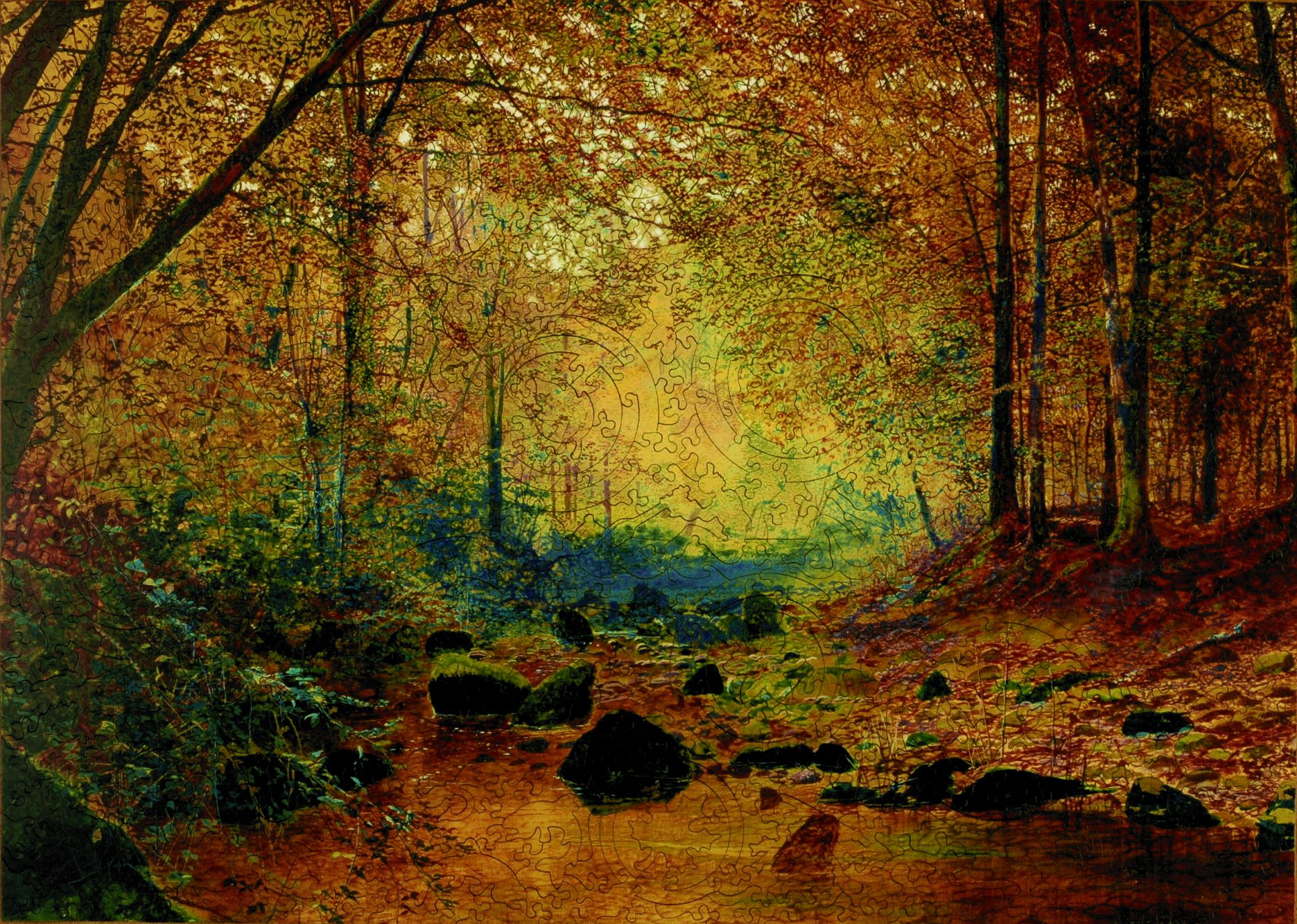
You should consider what types of crafts your toddler will like when looking for crafts. There are many options, from simple projects to more complex activities to open-ended ones, as well as products that draw inspiration from nature. Here are some ideas to help get you started.
Simple to make
You can teach your toddler colors and shapes through art projects. These projects teach children organization, planning and problem-solving. The color-coded collage is a great activity for toddlers. You can use a variety of objects to create the masterpiece, and you can supervise your child at all times.
You can make a gorgeous caterpillar suncatcher with colorful Play-Doh lids. By sticking the features on, your child can help. A paper fish bowl can be made by using a paper plate and a paper plate. The kit includes everything necessary to create colorful sea creatures and fish.

Open ended
For toddlers, open ended crafts can be a great way of engaging your child in creative play. These activities can be anything from coloring pictures to building blocks to solving puzzles. Children will enjoy exploring new materials and creating new patterns while they play. It is vital for the child's and their development that both adults and children engage in open-ended play. Provide a variety open ended activities for toddlers so they can stimulate their brains and stimulate their bodies.
You can also create open-ended projects using glue, paints, and paper. These projects can be two-dimensional or three-dimensional. To make a 3-D project, you can use cardboard tubes, cereal boxes, or even playdough. You can also use objects from around the house and mix and match the colors of paint.
End product base
There are two main types of craft for toddlers: end product based and process based. End product based crafts allow children to be creative. They are often chosen in accordance with a holiday or event theme, such as Valentine's Day. They encourage children learning new skills.
The process is more important than what happens. Process-based activities emphasize this. This allows children the freedom to explore the process rather than feel pressured to produce a final product. They can also explore the process, and various textures. Whether the end result is a snowman or a butterfly, it is important to let the child explore the craft in her own way.

Nature-inspired
Outdoor time with children can have many benefits. Among them are decreased anxiety, an increase in imagination, and creativity. Children should be encouraged to go on nature adventures with their parents and collect natural materials. These materials can be used to make fun and creative art. Your child will enjoy many nature-inspired preschool and toddler activities.
Make a nature crown out of folded leaves and flowers. This craft is also possible with freshly picked flowers. This activity will give your child an unforgettable, texture-filled art experience. A great gift idea is the nature crown.
FAQ
Why do we need hobbies?
Hobbies play an integral part in our lives. It allows us to unwind and recharge, think creatively, exercise, socialize, have fun, and allow us to enjoy life. We also have the chance to learn new skills and pursue lifelong passions.
Hobbies help us to find meaning and purpose in our lives.
These can often be a great way to get some extra time while you have nothing else.
They are also very entertaining!
If you don’t have the time to do a hobby, you likely don’t have any other hobbies.
You have many choices. Start a hobby today, if you don’t have one already!
What is observation hobby?
Observation hobbies are activities where you observe people doing what they do. They might include watching sports, reading books, going on holiday, etc. It could also involve observing others.
Observation hobbies are great because they help you learn how to think creatively. This knowledge will be useful later in your work for others and yourself.
If you are passionate about something, you will find it easier to learn about it.
If you're interested in football, for instance, you could watch it or read a book. If you want to learn more about photography, you could take or visit exhibitions.
If you like to play music, you can either learn the songs online or get a guitar.
You can cook your own meals, or you could go to a restaurant.
You could also grow flowers or vegetables if you enjoy gardening.
If you like dancing, you could join a dance class or go out with friends.
You can paint pictures if your passion is painting.
If you like writing, you could write stories or poems.
If you like drawing, you could draw pictures.
If you are passionate about animals, you can look after them or work at the zoo.
If you enjoy science, you might consider studying biology, chemistry and physics.
You can read books, listen to podcasts, or watch films if history interests you.
You could explore the world or travel to places you love if you are a lover of traveling.
Can I make money by my hobby?
Many hobbies can help you make extra money.
You might consider selling items that are related to your hobby if you are passionate about it.
If you are a stamp collector, you might want to start a website that sells rare stamps.
This will allow you to earn additional income without having go through the hassles of buying and selling stamps.
Another option would be to create a YouTube channel where you talk about your hobby.
This allows you share your passion and generate revenue by creating premium content.
What are some good hobbies?
You can find the best hobbies that you love doing for yourself. If you love what you do then you'll find it much easier to keep going. If you don't feel well or tired, you will always have an excuse!
Hobbies that we all know and love include gardening, painting and crafts, photography, cooking, sports and games, reading, music, film-making, collecting, cycling, walking, dancing, writing, playing instruments, etc.
Volunteering could be a great option.
Let's say you are looking for something more exciting. Try scuba diving, rock climbing or parasailing.
You can spend your time outdoors in many different ways, including spelunking, snowshoe hiking, snowshoe hiking and more. These include caving.
Statistics
- This 100% accurate personality-analyzing hobby quiz discovers your passion based on your characteristics. (quizexpo.com)
- Almost 80% of people claim to have no hobby. (hobbylark.com)
- The intensity of the dialogue partners' bond at the end of the forty-five-minute vulnerability interaction was rated as closer than the closest relationship in the lives of 30 percent of similar students. (time.com)
- Much of this decline reflects the fact that teens are less likely to work today than in the past; among employed teens, the amount of time spent working is not much different now than it was around 2005. (pewresearch.org)
- A new survey by Pew Research Center of teens ages 13 to 17 finds that 36% of girls feel tense or nervous about their day every day; 23% of boys say the same. (pewresearch.org)
External Links
How To
How to start gardening
Gardening is one among the oldest forms. It requires patience, persistence and determination. The first step in starting your own garden is choosing a location where you want to grow food. This could be on a large piece of land or in your backyard. Next, choose what kind of plants you would like to grow. Do you prefer vegetables or flowers? Some people enjoy growing herbs and others prefer raising livestock like rabbits. Before you decide on what type of crops to plant you need to take into consideration how much space you have. You might consider growing berries or fruits if you live in a cold climate.
Once you have chosen what you will be planting, you must take some time to prepare your soil. Soil is essential in determining whether your plants will thrive or fail. Organic matter is essential for the health and well-being of your plants. Organic matter includes organic matter such as leaves, twigs or grass clippings. After you have prepared your soil you must add nutrients. Depending on the type of plants you plan to grow, you may need different amounts of nitrogen, phosphorus, potassium, calcium, magnesium, boron, zinc, copper, manganese, iron, molybdenum, chlorine, sulfur, sodium, and so on. A fertilizer calculator online can help you determine these values. There are many fertilizers to choose from, so it is important that you are familiar with the product you are using.
After you have prepared the soil and added nutrients, it is time to wait for your seeds germination. This process usually takes anywhere from 2 weeks to 3 months, depending on the weather and the temperature in your area. Once the seeds have sprouted you will need to water them often. Watering your plants too little or too often can cause problems. Make sure to give your plants water at regular times and not overwater. Overwatering can result in root rot, fungal diseases, and even death. It is important to remember that plants will need less water in summer than in winter when watering them. You should also remember that some plants will need to dry out once they have been watered. For tomatoes, it is important to keep them moist but dry. Soggy soil is not a good choice for tomatoes. After they have finished flowering, they must go dormant. Dormancy occurs when plants stop producing any new growth and start to store energy for the next harvest. Dormancy occurs when the plant stops sending signals that tell its roots to produce food. During this period, plants continue to store energy. The plant will eventually die if it is not given enough sunlight or temperatures below freezing.
Urban areas can limit your choices for plants. Concrete sidewalks, roads, buildings and parking lots are all common in urban areas. These blocks block sunlight from reaching ground level. Concrete absorbs sunlight, which prevents the soil beneath from getting enough sun exposure. Because of this lack of sunlight, many plants cannot survive in cities. Fortunately, there are still many plants that can thrive in an urban environment. Many trees, shrubs, and perennials can adapt to city living. Many annuals can also be grown indoors in container gardens. Container gardens allow you to bring fresh greenery into your home year-round regardless of the weather outside.
Now that you have decided where to place your garden, chosen what you will grow, and prepared your soil, you are ready to plant!